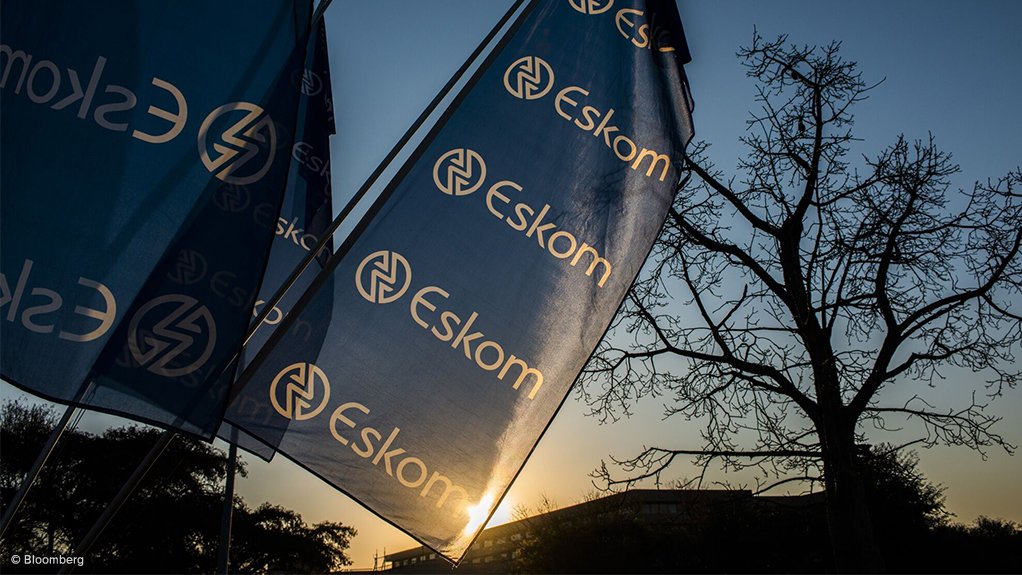The National Energy Regulator of South Africa (Nersa) has published a consultation paper on State-owned utility Eskom’s application to amend the losses charge calculation methodology for embedded generators.
As part of the decision process, Nersa is required to undertake a public consultation process.
Eskom’s application is available on the Nersa website. Members of the public and stakeholders are requested to submit written comments to ertsa@Nersa.org.za by November 13.
A virtual public hearing to make oral representations on this application will be held on November 24 via MS Teams, and livestreamed on Twitter and YouTube.
Members of the public and stakeholders who wish to attend or present their views at the hearing must submit their requests by 16:30 November 17 to publichearings@Nersa.org.za.
Eskom intends to implement the amended methodology in the 2026/27 financial year’s Eskom Schedule of Standard Tariffs.
The proposed change aims to modify the existing formula for calculating technical losses incurred by embedded generators connected to the Eskom distribution network. This is aimed at ensuring that it better reflects the actual costs based on recent technical studies.
The generator losses charge is the cost that electricity generators pay to account for power lost when transporting electricity through the grid, Nersa explains.
“Not all the generated electricity reaches end-users – some of it is lost as heat in conductors, transformers and other network equipment. In practice, this means a generator must supply more electricity than what is delivered to consumers, with the difference representing transmission or distribution losses.
“Eskom motivates that the charge provides a financial signal that encourages generators to locate closer to demand centres, since plants that are far from major load areas typically result in higher losses,” the regulator outlines.
According to Eskom’s recent technical studies and power flow simulations, it appears that embedded generators now contribute to increased network energy losses in most geographical areas, Nersa points out.
Moreover, Eskom’s studies show that the current rebate system, which offers financial advantages to embedded generators, is no longer cost-reflective and results in an unintended subsidy, it adds.
Subsequently, Eskom considers it necessary to amend the losses charge methodology to more accurately represent the costs linked to the use of the distribution network by embedded generators.
EMAIL THIS ARTICLE SAVE THIS ARTICLE ARTICLE ENQUIRY FEEDBACK
To subscribe email subscriptions@creamermedia.co.za or click here
To advertise email advertising@creamermedia.co.za or click here











